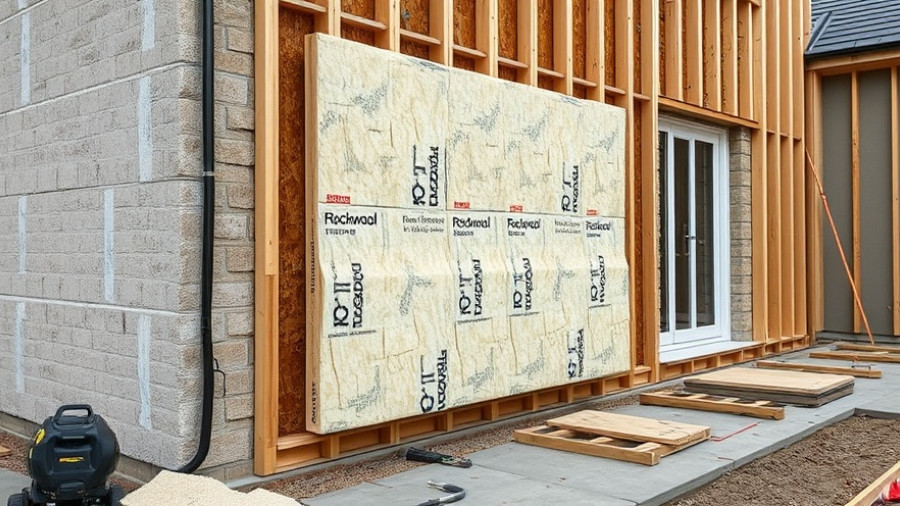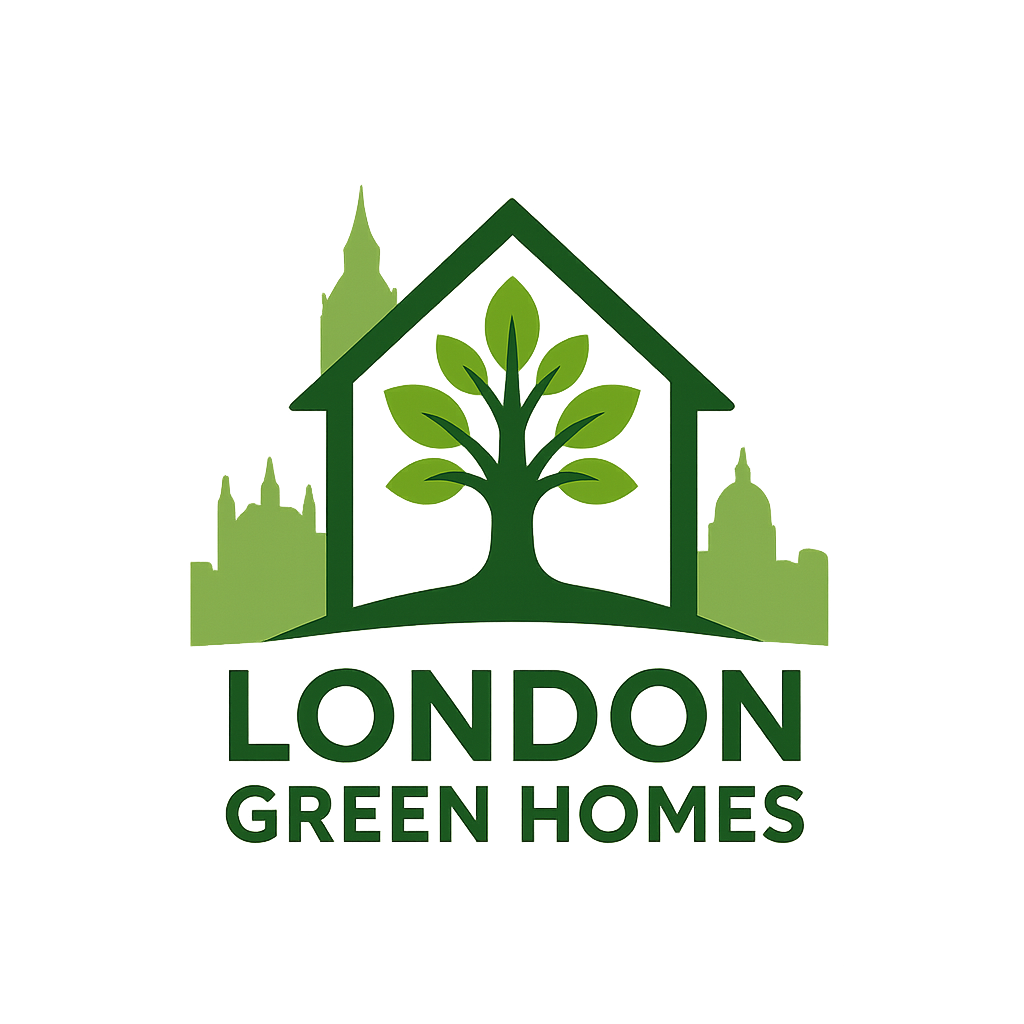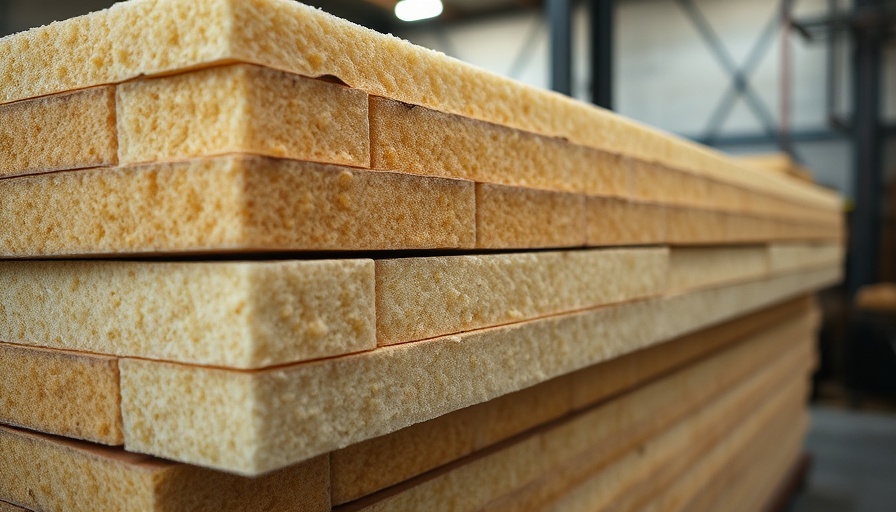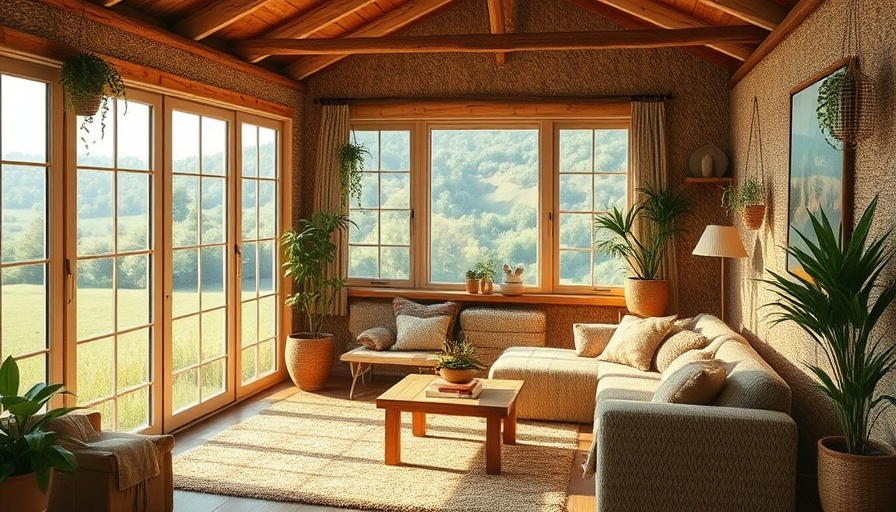
Searching for Sustainable Alternatives: The Case for Foam-Free Insulation Boards
As the construction industry increasingly pivots towards sustainable building practices, homeowners and builders are discovering the inefficiencies and environmental drawbacks of traditional rigid foam insulation materials. With growing awareness around issues such as embodied carbon and long-term environmental impacts, many are seeking alternatives that align with green building principles. Among the most compelling substitutes are foam-free rigid insulation boards, particularly those made from natural materials like mineral wool and wood fibers.
Why Foam-Free is the Future: Environmental and Performance Benefits
Opting for foam-free rigid insulation boards is not merely an aesthetic choice but a significant step toward a more sustainable building practice. Traditional options like polystyrene (EPS) and extruded polystyrene (XPS) exhibit high global warming potential due to their use of harmful blowing agents. In contrast, natural materials such as cotton and wool deliver substantial R-values while promoting a breathable environment, thus preventing moisture accumulation, mold, and rot.
Mineral wool, for instance, is not only fire-resistant but also exceptionally durable and recyclable, making it a preferred choice for high-performance buildings. By switching to these innovative options, homeowners in London can not only lower their carbon footprint but also create healthier living environments.
Examining Alternatives: Mineral Wool vs. Wood Fiber Insulation
When choosing among rigid foam-free options, mineral wool and wood fiber insulation remain the most common alternatives. Mineral wool boasts a high R-value, exceptional fire resistance, and soundproofing capabilities—ideal for both urban homes and additional structures like studios or home offices.
Wood fiber boards, while also effective at insulation, come with the benefit of managing moisture. These boards can absorb and release moisture vapor, maintaining structural integrity and preventing the dangerous buildup of condensation. Such breathability offers peace of mind for homeowners, making these options immensely valuable for anyone passionate about both eco-consciousness and long-lasting performance.
The Economic Angle: Cost vs. Value in Choosing Insulation
While the initial costs of alternatives like mineral wool and wood fiber can exceed those of traditional foamed options, the long-term savings associated with increased energy efficiency and durability can provide significant return on investment. Additionally, many local suppliers are now providing access to sustainable options that need not incur excessive shipping costs, further minimizing the environmental impact.
Homeowners in London's diverse architectural landscape would do well to consider how non-toxic, fire-safe materials can enhance not only the aesthetics but also the overall longevity and functionality of their homes—crucial factors for any renovation project.
Understanding Local Materials and Availability
It’s essential to recognize regional material availability when considering these sustainable alternatives. In London, local building suppliers are increasingly prioritizing eco-friendly insulation options that significantly reduce transport emissions. Researching local suppliers for materials like wool or wool blend batts often yields better environmental outcomes and supports sustainable local economies.
Moreover, as the European building market shifts towards green materials, more manufacturers are adapting their offerings to reflect this growing demand. This shift not only provides homeowners with better options but also encourages industry-wide change toward responsible manufacturing and building practices.
An Overview of Key Performance Metrics
Once the materials have been selected, understanding their performance within the context of your specific building scenario becomes vital. Metrics such as R-value, moisture management, fire safety, and thermal performance should guide decisions in insulation selection, ensuring the chosen material meets the diverse challenges of temperature regulation and reduces energy consumption.
The right analysis allows homeowners to make informed and future-focused decisions about insulation. These choices should not just aim for immediate comfort levels but should also account for how insulation contributes to the overall health of both dwellings and residents.
Conclusion: The Path to a Sustainable Home
Homeowners in London are faced with unique opportunities and challenges as the greater construction community moves to prioritize sustainability. By selecting foam-free rigid insulation boards, you not only contribute to a greener environment but also engage in creating homes that are safe, durable, and energy-efficient. The significance of these thoughtful choices cannot be understated.
To explore more about how to implement eco-friendly building techniques in your next home project, consider contacting local suppliers or architects who specialize in sustainable design solutions.
 Add Row
Add Row  Add
Add 




Write A Comment